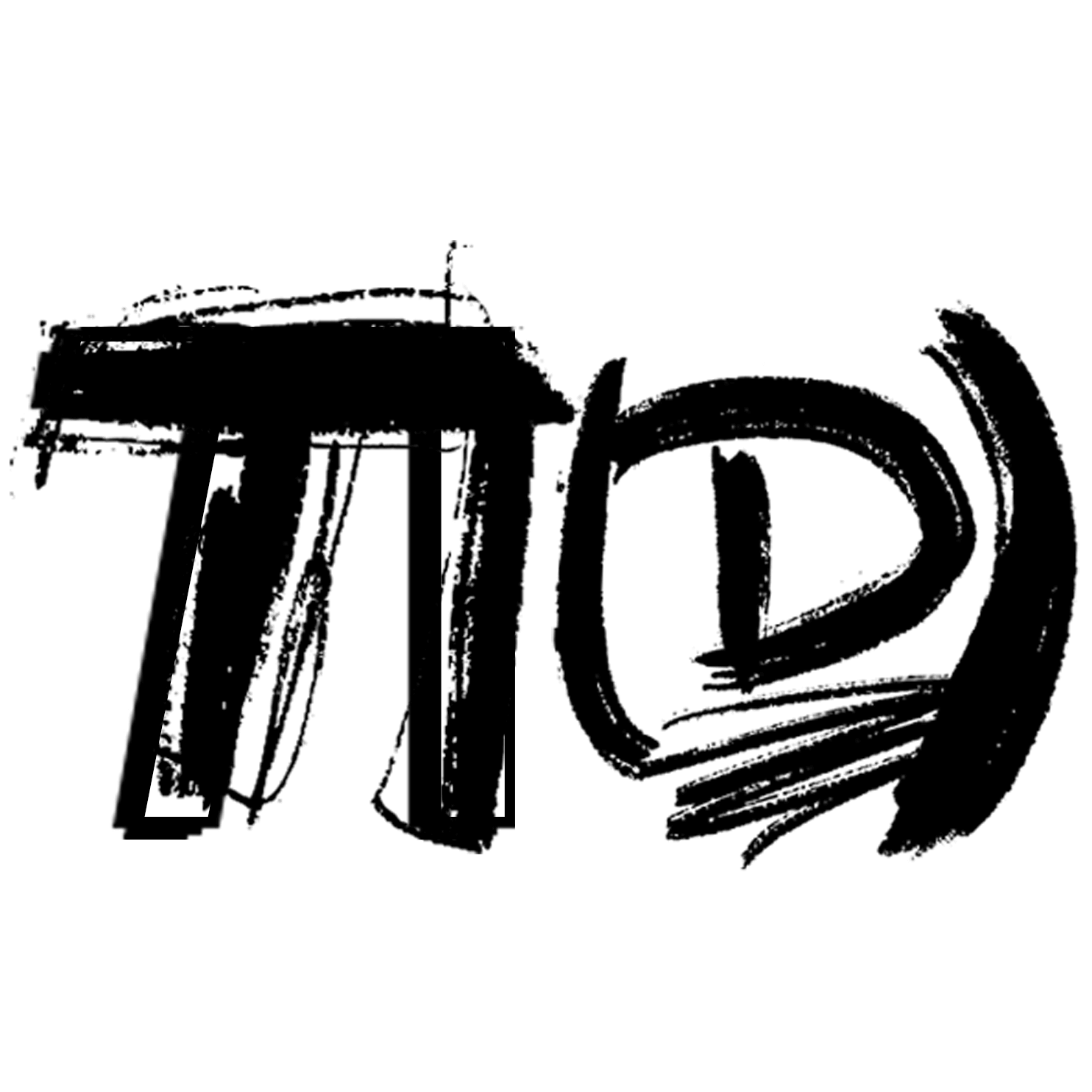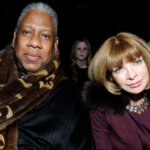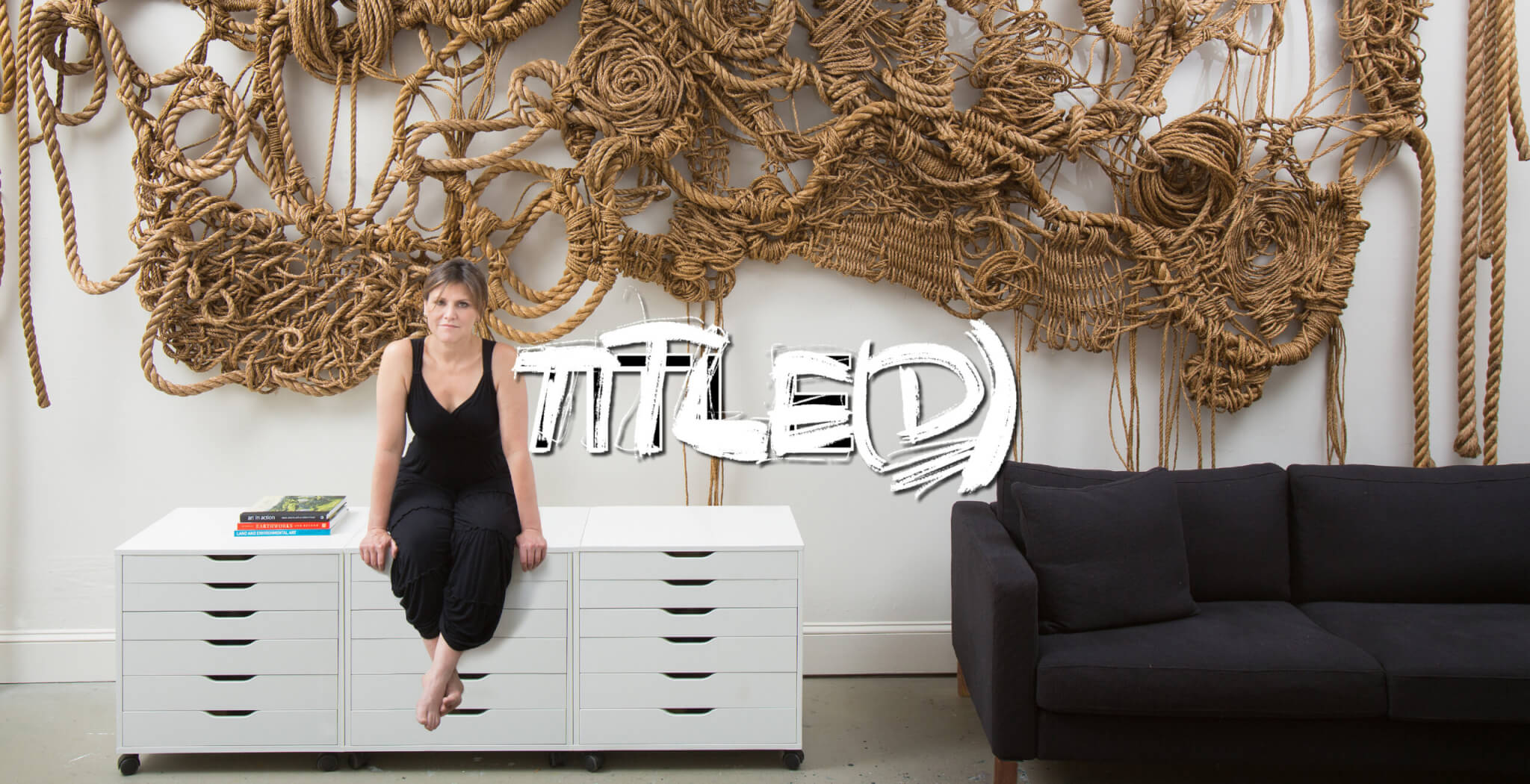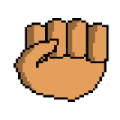With anti-LGBTQIA+ legislations and queerphobic hate crimes increasing all over the world, it comes as no surprise that the brands and companies who proudly waved the rainbow flag on June 1st and put out splashy Pride campaigns are staying real quiet this year.
Fearing right-wing backlash and therefore a possible drop in sales, many businesses are backtracking and avoiding public support of the LGBTQIA+ community. While it’s good that these performative allies are showing their true faces, this shift also comes with less visibility and financial opportunities for a group whose members are oftentimes situated at the intersection of several forms of oppression. When I recently talked to to Cora Hamilton, co-founder of *uns, a queer modeling agency based in Berlin, they told me that they had only received one single Pride related request this year – compared to dozens and dozens in the past. It appears that queerness and diversity are out, and whiteness, thinness, and normativity are in again.
But let’s be honest, what would the fashion world do without queer people? Where would we be without the Black dandies that inspired this year’s Met Gala theme, Marlene Dietrich’s trouser suits, or designers such as Christian Dior, Alexander McQueen, and Yves Saint Laurent?
In her book A Queer History of Fashion: From the Closet to the Catwalk, fashion theorist Valerie Steele explores the influence of queer aesthetics and sub-cultural styles on fashion over the past century and how it has been an instrument of expression and experimentation for the community. In an interview with Dazed, Steele explains: “I think another aspect is that fashion is one of the so-called ‘artistic’ professions. And gays have been involved in a lot of those. Once gay people started to work in the fashion industry, it started the beginnings of a more welcoming setting for other gays to enter into.”
The role of the fashion editor is crucial, as they are the driving force behind the creation of content that will eventually shape the industry. They work closely with photographers, stylists, models, and designers to create captivating stories, requiring them to always stay ahead of the curve so they can make sure that the magazine’s content is innovative and resonates with the target audience. From conception and curation to post-production and retouching, fashion editors take part every step of the way.
André Leon Talley’s story starts in the Jim Crow Era South, where he grew up with his grandmother, Bennie Francis Davis, who nurtured his early love of fashion after discovering a Vogue magazine at a public library. In his book On The Little Black Dress, Talley writes: “When I was a young boy, growing up in Durham, North Carolina, the women in my family were truly passionate about their clothes. Nothing was more beautiful to me than women dressing with the utmost attention to accessories, shoes, handbags, hats, coats, dresses, and gloves to attend Sunday church services.” After an apprenticeship with fashion columnist and editor Diana Vreeland at the Metropolitan Museum of Art in 1974, Talley worked at Interview, Women’s Wear Daily, W, The New York Times, and Ebony before starting at Vogue where he eventually became the first African American male creative director in 1988 and editor-at-large in 1998.
Talley was a fixture in the fashion scene, known for his larger-than-life capes, kaftans, and robes, which actor Colman Domingo and singer Tyla paid homage to at this year’s Met Gala. Throughout his life, he supported emerging designers and pushed the ones at the top to feature more Black models in their shows. Talley was always public about the racism and homophobia he faced, but refused to let it disrupt his career. Anna Wintour, who used to have a close relationship with Talley, wrote in a piece for Vogue that what made him so incredible was his instinct for self-preservation and the way he utilized getting dressed as an act of autobiography.
In the documentary The Gospel According To André, which chronicles the pioneer’s life and career, Talley states that he would: “[…] like to be remembered as someone who made a difference in the lives of young people – that I nurtured someone and taught them to pursue their dreams and their careers, to leave a legacy.” His death in 2022 led to an outpouring of sympathy and tributes from friends, admirers, and organizations, showing just how much of an impact Talley had made and that his legacy will remain.
One of these tributes came from Ghanaian-born editor and stylist Edward Enninful. In his radio show Full Length, Talley referenced the pair’s relationship, after Enninful was appointed editor-in-chief of British Vogue in 2017, by saying that: “This is a great great moment in the evolution of Black people. I’m so proud of Edward. He sent me an email saying ‘Thank you André, you pioneered the way for all of us.’ I was so moved and touched.” Enninful’s story is an astonishing one. In his autobiography A Visible Man, he recounts the experiences of a Black, gay, working-class refugee who found a home within fashion and became one of the visionaries that made it a home for so many more, championing inclusion throughout all of his career.
Enninful writes: “I swore to myself then, and have done so many times since, that once I was in a position to give opportunities to others, I would give other Black creatives the space and permission to flourish and stretch themselves on their own terms.”
Growing up as a shy, imaginative kid on a military base on the coast of Ghana, Enninful was very close with his mother. She had started making dresses as a teenager, to later run a dressmaking business that piqued Enninful’s interest in fashion. “I clung to my mother’s skirts as a child, and as I got older, I still spent as much time as I could in her workshop. That’s one place I discovered how fashion really works.”
After a coup in 1978, the family had to flee to London where Enninful eagerly absorbed new styles and ideas from the streets of Ladbroke Grove. At the age of sixteen he was spotted on the Tube by stylist Simon Foxton who introduced him to Nick Knight, one of the co-founders of i-D magazine. While exploring what it was like to be in front of the camera, Enninful also started working as an assistant for i’D’s fashion director Beth Summers. When she left not too long after, Enninful was given her position, making him the youngest-ever fashion director for an international publication at age eighteen.
From working as a stylist for Naomi Campbell, Rihanna and Kate Moss, or directing runway shows for Comme des Garçons, Giorgio Armani, Christian Dior and more – Edward Enninful has done it all. But even though he’s held important positions at Vogue Italia, American Vogue, W Magazine and, of course, British Vogue, Enninful still had to struggle with the inherent bigotry of the fashion industry.
“In fashion, as elsewhere, establishment companies, almost all of them owned and run by white people, don’t have to have an over-the-top, overtly racist culture for a Black worker to feel panic and fear upon arriving. It’s an instinct we develop over a lifetime of being unfairly judged, and then gaslighted if we actually take the enormous risk of simply talking about our experiences.”
Throughout his career, he has kept pushing for diversity and inclusion, wanting to give other Black creatives the space and permission to flourish and explore fashion on their own terms. This has led to memorable Vogue covers such as the 2022 Fashion Now issue featuring some of the industry’s top dark-skinned models or Sustainability Trailblazers, featuring three rising star designers of Nigerian descent who center environmental consciousness in their work.
While Edward Enninful stepped down from his role as editor-in-chief at British Vogue in 2023, he is now back with his very own global media and entertainment company EE72, founded together with his sister Akua Enninful. The digital platform will be accompanied by a quarterly print publication, 72 Magazine, which is set to launch this September. “EE72 represents a natural progression of the foundation I’ve built my career on”, Enninful says.
“We’re creating a space where creativity transcends boundaries, where diverse voices don’t just exist—they lead. Our mission is to reshape how we see and understand each other, building bridges across cultures and communities.”
Until then, we’re able to watch the work of the next Black, queer generation who are taking the fashion world by storm: Sierra-Leone born creative IB Kamara who was appointed editor-in-chief at Dazed magazine in 2021 and stepped into the role of creative director at Off-White, following Virgil Abloh’s premature death.
Jameel Mohammed, a multimedia artist and designer from Chicago who founded the Afrofuturist luxury brand Khiry in 2016 and whose jewelry has already been worn by the likes of Janelle Monae, SZA or Serena Williams. British-Ghanaian photographer Campbell Addy who, besides working for Vogue, Dazed or Rolling Stone, founded the culture magazine Nii Journal which explores issues of empowerment and representation within race.
And of course, many many more. Black and queer people have so much creativity and talent to share with the world and maybe the world is finally getting ready to see that. To conclude in the spirit of Afro-futurism, let me just say, the future is Black.




























